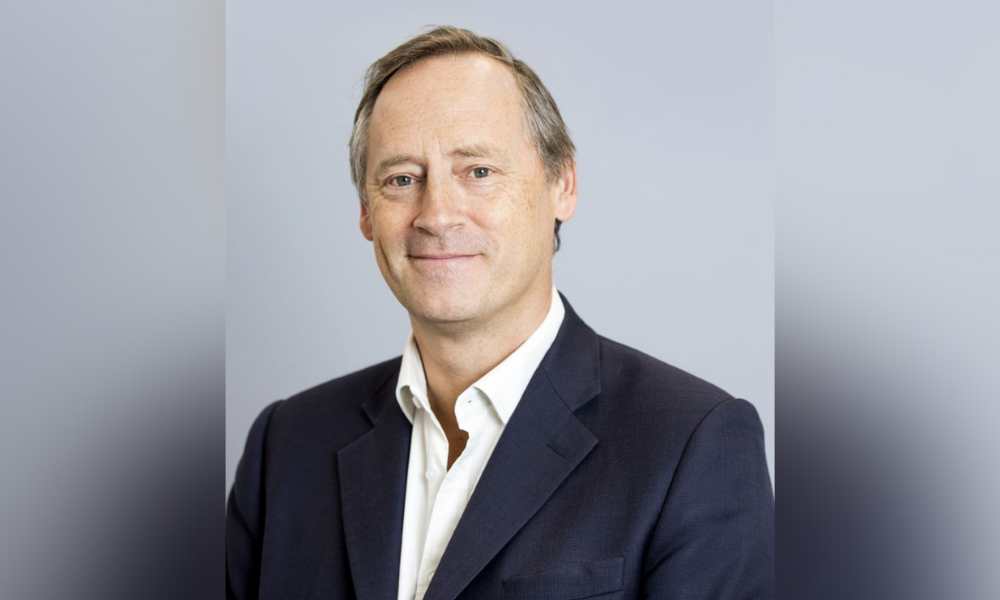Trend to continue for next two years, CEO says

The average equity release customer drew the equivalent of more than seven years of retirement income from their home during the COVID pandemic in 2021, a report by the Equity Release Council has found.
The Spring Market Report, detailing how older homeowners have taken advantage of rising house prices to boost their retirement funds, saw a staggering £1 million added to the value of UK housing every minute in 2021 as property wealth reached a record £5.2 trillion.
The report also found that the equity release market, which saw customers withdraw £125,000 on average as a single lump sum or via incremental ‘drawdowns’, was now six times larger than in 2011.
Read more: UK house prices surge – reaction pours in
The Equity Release Council, which will be celebrating its 30th anniversary this year, is the trade association for the UK equity release sector and acts as a standard setter for its members.
The report concluded that the second half of 2021 was “the busiest period for the equity release market since the COVID-19 pandemic broke out”, adding that last year represented a return to growth for the market for the first time since 2018.
Jim Boyd (pictured), CEO of the Equity Release Council, said the large loans that were taken out last year reflected the increase in housing values.
Speaking to Mortgage Introducer, he said: “There’s been increased housing wealth and people felt that that’s actually enabled them to feel comfortable with taking out slightly larger amounts, whether it’s a drawdown or lump sum.”
Drawdown allows a borrower to unlock the equity in their home as and when required, paying interest only on the funds that are withdrawn.
Boyd said he was “not particularly surprised” by the report’s findings, stressing that the market had “robust underpinnings” although he recognized that the last few years “have been an incredibly challenging time”.
Read more: Equity Release Council makes double appointment
He noted that a significant amount of equity - most of it non-mortgaged - was held by people over the age of 55, which led him to believe that it was a “very resilient sector”.
He said: “In no case do these loans appear to exceed a third of the value of the property as well, so it’s being managed through fairly prudent providers and funders in this particular space.”
He added: “What this is showing me is that people are very concerned about decisions they make about equities. If you look over last year, the major challenges (have) obviously been COVID and Brexit, and actually what’s happened is that people have been sort of very cautious and prudent. And what we’re seeing is actually the natural uptake as people are prepared to take longer term decisions.”
The market report also found that while equity release interest rates crept up, more than 300 products were priced at 4% or less, with more offering penalty-free partial repayments and downsizing protection, which Boyd said had increased to 63% and which had enabled people to move to other homes.
Looking ahead, and following warnings from the Bank of England that inflation was set to rise further, Boyd said the pattern would continue, with yet more over-55s using equity release as a means to boost income.
“It’s going to be the case for the next year or two as we come out of this terrible lockdown where we are missing supply routes, and obviously we’ve got issues with energy security. The challenges are going to be here for at least a couple of years, sadly,” he explained.
“We’ll see equity release as a core part of every retirement planning journey because property wealth has to play a role, whether it’s equity release or whether it’s through some other sort of way of getting people using this extraordinary wealth in property.
“It really has to play quite a key role in people’s later life experiences, particularly now that pensions are literally dwindling. And obviously we’ve got the major domestic issues of our day, whether it’s retirement income adequacy, all the way through to care needs.”


